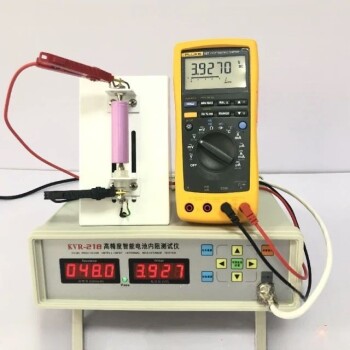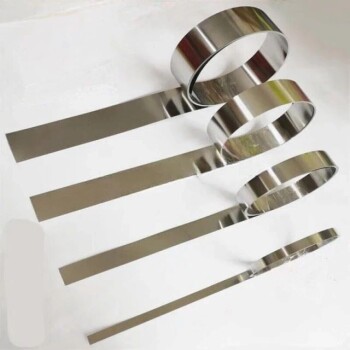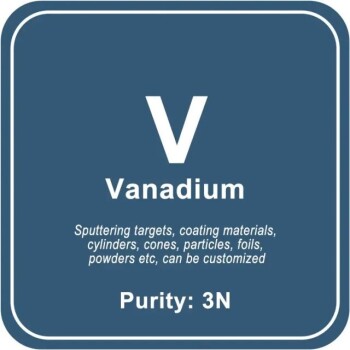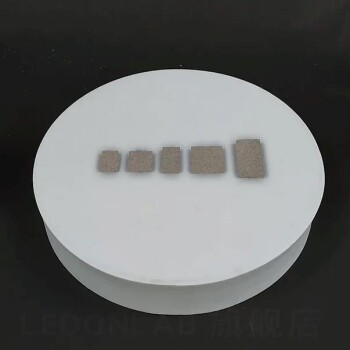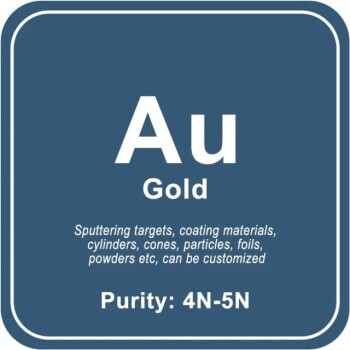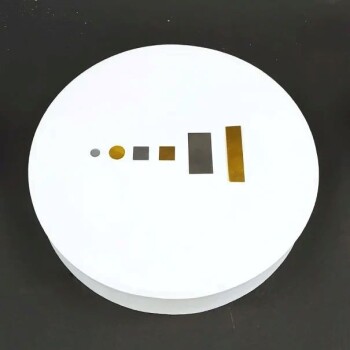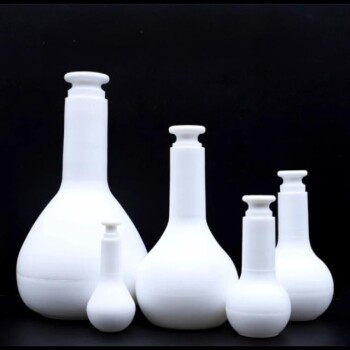The vinegar test is a simple and non-destructive method used to verify the authenticity of gold jewelry.
This test involves applying a few drops of vinegar to the gold piece and observing any color changes.
If the gold remains unchanged, it is considered real; if it changes color, it is likely fake.
This method is based on the chemical properties of gold, which does not react with vinegar, whereas other metals do.
5 Key Points Explained: What You Need to Know About the Vinegar Test

1. Principle of the Vinegar Test
Chemical Stability of Gold: Gold is highly resistant to most acids, including vinegar (acetic acid).
This stability is due to gold's noble metal status, which means it does not readily react with other substances.
Reactivity of Other Metals: Other metals, such as copper or iron, can react with vinegar, causing a visible color change.
This reaction is due to the oxidation of these metals by the acetic acid in vinegar.
2. Procedure for the Vinegar Test
Preparation: Ensure the gold piece is clean and free of any dirt or oils.
Application of Vinegar: Place a few drops of vinegar directly onto the gold surface.
Observation: Observe the area where the vinegar was applied. If the color of the gold changes, it indicates the presence of other metals, suggesting the gold is not pure.
3. Limitations of the Vinegar Test
Inconclusive for Pure Gold: While the test can indicate the presence of other metals, it cannot determine the purity of gold.
For instance, gold alloys (like 14K or 18K gold) contain other metals but are still considered real gold.
Surface-Level Test: The test only examines the surface of the gold piece. If the gold is plated over another metal, the test might not penetrate to reveal the underlying metal.
4. Comparison with Other Testing Methods
Non-Destructive Nature: Similar to X-ray fluorescence (XRF) analysis, the vinegar test is non-destructive, making it safe for use on valuable jewelry.
Accuracy and Depth of Analysis: Unlike XRF, which can analyze the entire composition of the jewelry without damaging it, the vinegar test is more superficial and less accurate.
XRF provides a detailed chemical analysis, making it a preferred method for verifying the purity and composition of precious metals.
5. Practical Applications and Considerations
Home Use: The vinegar test is suitable for casual users who want a quick and easy way to check the authenticity of their gold jewelry at home.
Professional Verification: For more accurate results, especially in commercial settings or for high-value items, professional testing methods like XRF are recommended.
These methods offer a comprehensive analysis of the metal's composition and purity.
In summary, the vinegar test is a useful and straightforward method for identifying the presence of non-gold metals in a piece of jewelry.
However, for a detailed and accurate analysis of gold purity and composition, more advanced methods like XRF are necessary.
The choice of test depends on the level of accuracy required and the value of the jewelry being tested.
Continue exploring, consult our experts
Discover the art of authenticating gold jewelry with ease. At KINTEK SOLUTION, we empower you with advanced tools and techniques like the vinegar test, ensuring your precious pieces are real.
But why stop there? Elevate your gold testing game with our state-of-the-art equipment, tailored to meet both home users and professionals' needs.
Take the next step in safeguarding your investments. Contact KINTEK SOLUTION today to explore our top-tier solutions and transform your gold testing experience!


